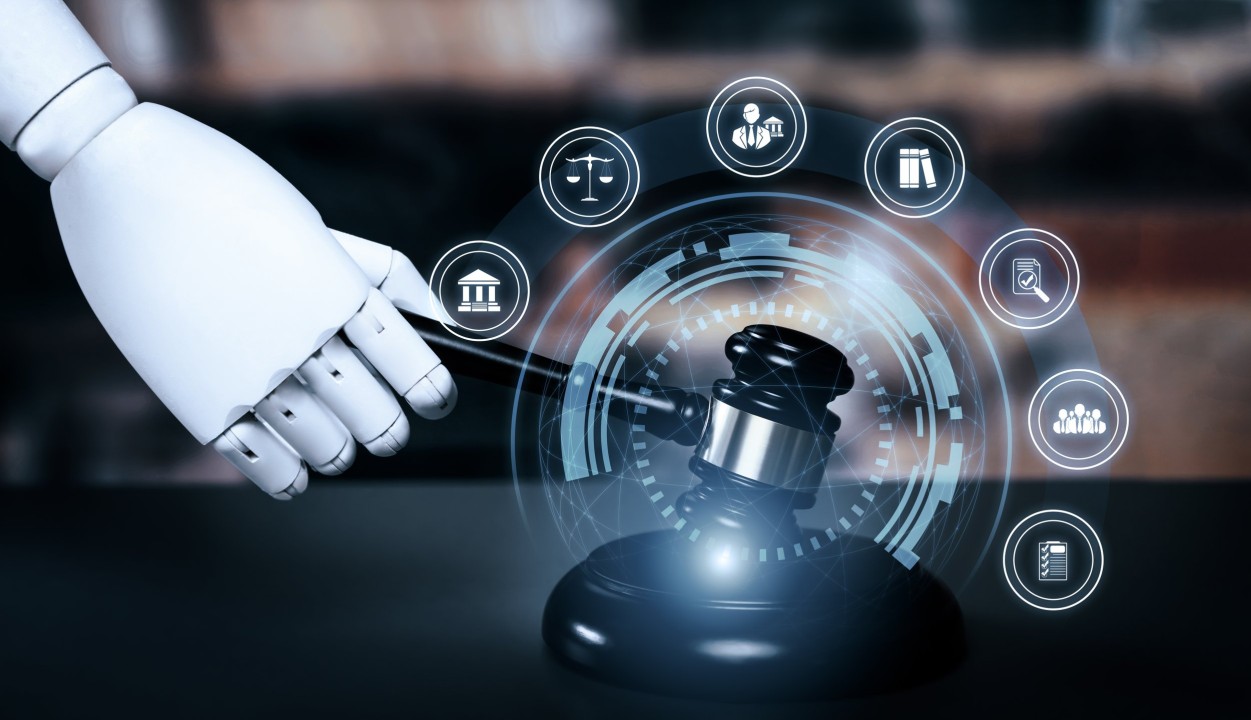Regulating AI: Balancing Innovation & Responsibility
Artificial Intelligence (AI) is advancing at an unprecedented rate, transforming industries, improving efficiency, and enhancing decision-making. From autonomous vehicles and AI-driven healthcare to automated customer service and predictive analytics, AI is reshaping the way we live and work. However, with its rapid progress comes serious ethical, security, and societal concerns.
To ensure AI’s safe and responsible development, governments and organizations worldwide are working on AI regulations. The challenge is striking a balance—encouraging innovation while preventing misuse, bias, and risks. In this article, we explore why AI regulation is necessary, key challenges, global efforts, and the future of AI governance.
Why AI Regulation is Essential
1. Preventing AI Bias and Discrimination
AI systems learn from data, but if the data is biased, the AI will also be biased. Examples include:
- AI recruitment tools discriminating against certain genders or ethnicities.
- Facial recognition systems misidentifying minorities, leading to wrongful arrests.
- AI-driven financial lending favoring certain demographics over others.
Regulations ensure that AI systems are trained with diverse, unbiased datasets and undergo rigorous ethical testing.
2. Ensuring Transparency and Accountability
AI models, especially deep learning systems, often function as “black boxes”, meaning their decision-making process is unclear. This lack of transparency raises concerns in healthcare, finance, and legal sectors, where AI decisions can have life-altering consequences.
Regulations demand that AI developers explain how their algorithms work, provide audits, and ensure accountability for AI-driven decisions.
3. Addressing Job Displacement and Economic Disruptions
AI-driven automation is replacing traditional jobs, especially in manufacturing, customer service, and data processing. Without regulations, industries might prioritize AI adoption without workforce retraining programs, leading to mass unemployment.
AI regulations can enforce:
✅ Job transition programs
✅ AI taxation models (where companies using AI contribute to social funds)
✅ Skill development initiatives
4. Mitigating AI-Generated Misinformation
AI-powered tools like ChatGPT, deepfake generators, and automated content creators can produce realistic yet misleading or harmful content.
Regulations can mandate:
✔️ Labeling AI-generated content
✔️ Preventing deepfake abuse
✔️ Holding creators accountable for misinformation
5. Preventing AI in Autonomous Weapons & Cyber Threats
Unregulated AI development can lead to autonomous weapons, AI-driven cyberattacks, and unethical surveillance. If AI falls into the wrong hands, it can be used for:
- AI-powered hacking (breaking into security systems)
- Autonomous killer drones (capable of making attack decisions)
- Mass surveillance (threatening privacy rights)
Regulatory bodies must ensure that AI is developed responsibly, preventing its misuse in warfare and crime.
Challenges in Regulating AI
While regulating AI is necessary, it presents several challenges:
1. Keeping Up with Rapid AI Advancements
AI is evolving faster than laws can be created. Regulations risk becoming obsolete if they are too rigid. A flexible regulatory framework is needed to adapt to emerging AI technologies.
2. Balancing Innovation and Control
Overregulation can stifle innovation, preventing startups and researchers from experimenting with new AI models. Governments must encourage ethical AI development without unnecessary restrictions.
3. Global AI Governance Challenges
Different countries have varying perspectives on AI regulation. For example:
- The EU enforces strict AI laws focusing on privacy and ethics.
- The US favors self-regulation and innovation, with minimal restrictions.
- China heavily regulates AI but also uses it for mass surveillance.
Creating global AI standards remains a complex challenge.
4. AI’s Unpredictability
AI systems can self-learn and evolve, making it hard to predict how they will behave in the long run. Traditional laws designed for static systems might not be effective for dynamic AI models.
Global Efforts in AI Regulation
Governments and organizations worldwide are taking steps to regulate AI:
1. The European Union (EU) AI Act
The EU is leading AI regulation efforts with its AI Act, which classifies AI systems into risk categories:
✅ Unacceptable risk AI (e.g., social scoring systems) – Banned
✅ High-risk AI (e.g., AI in healthcare, law enforcement) – Strictly regulated
✅ Limited risk AI (e.g., chatbots, recommendation algorithms) – Transparency required
✅ Minimal risk AI (e.g., AI filters in apps) – No restrictions
2. The United States’ AI Bill of Rights
The US government has proposed an AI Bill of Rights that focuses on:
✔️ Privacy protection
✔️ Fairness and bias prevention
✔️ Transparency in AI decisions
However, AI regulation in the US remains industry-driven, with companies setting their own guidelines.
3. China’s Strict AI Regulations
China has implemented tight AI regulations, especially for:
🔹 Facial recognition and surveillance AI
🔹 AI-generated content labeling
🔹 Censorship of politically sensitive AI applications
4. The Role of the United Nations (UN)
The UN is working on global AI ethics guidelines and proposing international AI safety measures to prevent AI misuse in warfare and cybercrime.
The Future of AI Regulation
The future of AI regulation will likely involve:
🔹 AI Ethics Committees: Governments and companies will have independent bodies monitoring AI developments.
🔹 AI Audits & Certifications: AI systems may require compliance certificates before being deployed in sensitive industries.
🔹 Self-Regulating AI: AI models could have built-in ethical programming that automatically prevents misuse and bias.
🔹 International AI Laws: Countries may collaborate to establish global AI standards, preventing regulatory loopholes.
Conclusion
AI is a powerful tool that can revolutionize industries, but without regulations, it can also cause harm. Striking the right balance between innovation and responsibility is crucial. Governments, tech companies, and researchers must work together to create flexible, ethical, and effective AI regulations.
As AI continues to evolve, so must our approach to governing it. The future of AI regulation is not about stopping progress, but ensuring that progress benefits everyone—ethically, responsibly, and safely.




Leave a Reply
Want to join the discussion?Feel free to contribute!